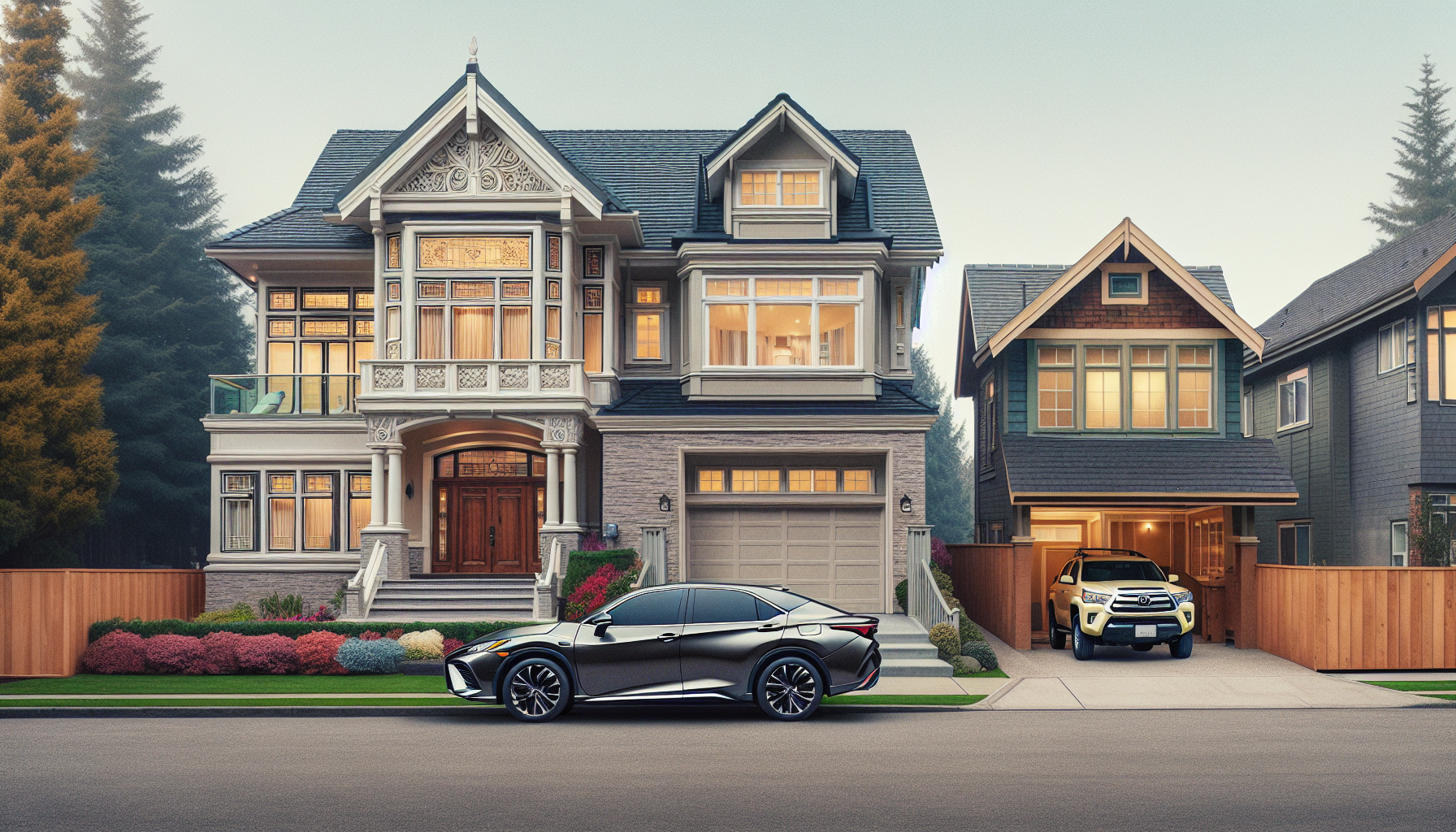A gleaming luxury car in the driveway is a badge of honour for millions of Canadians. But for those on the hunt for home sweet home, flashier autos often equal humbler abodes.
Most Canadians innately understand the tradeoff. They get that a swanky, depreciating vehicle means a slimmer wallet come retirement. Yet, they rationalize car splurges as an investment in happiness.
Happiness may be hard to quantify, but financial costs aren't. Sky-high car payments kill real estate dreams in more ways than one.
#1 — It's harder to save a down payment
- Diverting another $600 monthly to a car means saving $32,512 less over 48 months—assuming a 6% tax-free return.
- Stash that $600/month in a First Home Savings Account, and a middle-bracket earner could net another $8,000+ in tax breaks.
#2 — Buying power gets shaved
- For an average Canadian family earning ~$140,000 last year, an extra $600/month car payment could spike their total debt service (TDS) ratios by over 5%-points.
- That translates into almost $100,000 less buying power.
- That's no small potatoes, given that 69% of homebuyers pay the maximum price they can afford, says CMHC.
#3 — Appreciation shrinks
- Since 1981, the typical Canadian home has risen 5.78% over an average 12-month span.
- Even if slower population growth and mounting supply result in just a 4% long-term appreciation rate, qualifying for $100,000 less house means a buyer forgoes:
- $119,000 of tax-free gains after 20 years *
- $167,000 of tax-free gains after 25 years *
- $224,000 of tax-free gains after 30 years *
* Assuming it's a primary residence.
More car, less house
Let's zoom in on point #2 because it's the tradeoff between location, size, and home features that people feel the most.
Below are real examples of what buyers give up when they spend $600/month more on a car. We assume they've put 20% down, got a 30-year amortized mortgage at 4.99%, and have no other debt. Here's how upgrading their car downgrades their home options.


Comments
Sign in or become a MortgageLogic.news member to read and leave comments.
Just enter your email below to get a log in link.